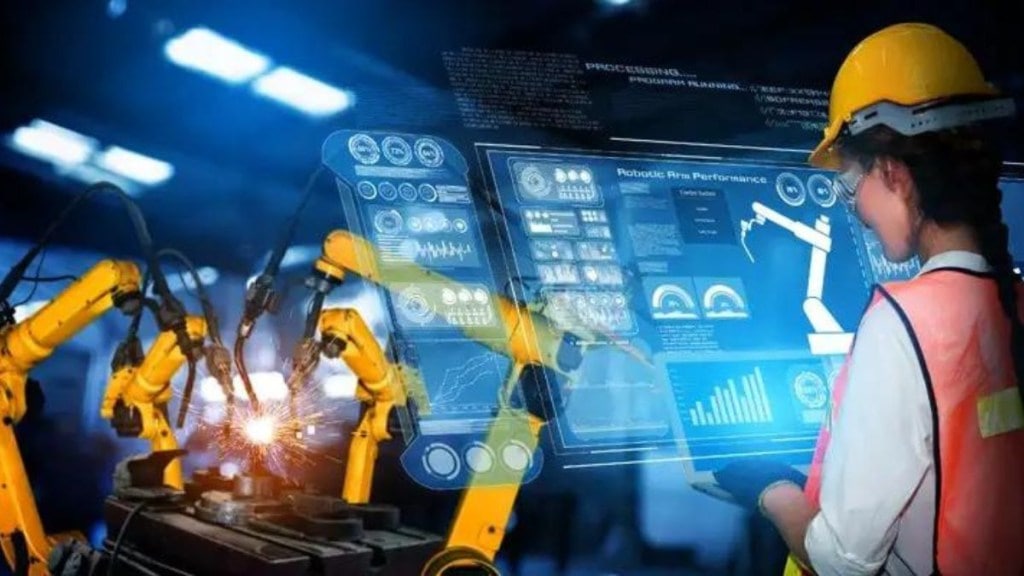By Ashmita Sethi
Early in 2024, India’s civil aviation ministry announced that India has nearly 15% women pilots, a figure that puts India significantly ahead of other major nations, and well above the global average of 4%. However, when it comes to aerospace engineering, technical and similar roles, ICAO stated in 2023 that female representation remained in lower single digits.
Just this week, India’s aviation regulator, Directorate General of Civil Aviation (DGCA) issued an advisory circular focusing on ‘Gender Equality in Civil Aviation Sector’, which aims at increasing the number of women in various positions in aerospace to a desirable representation of 25% by 2025.
That is a welcome move, as we celebrate International Women’s Engineer Day on June 23rd. Aerospace & Defence have traditionally been male-dominated industries. However, women are increasingly securing their share of leadership, engineering, managerial and technical roles in the industry. Today, women not only operate complex, multi-million-dollar aircraft but they also design and build these aircraft, and the engines that power them.
Yet, the number of women pursuing careers in mechanical or heavy engineering in India, specifically in aerospace, remains a problem. One can assume that perceptions of physical challenges, and slower progression of women into leadership positions within STEM careers are major contributing factors. Added to that are societal factors, such as the unequal burden of biological and domestic responsibilities on women, play a role.
It is critical that we as an industry reverse this trend. Why? Simply because diversity in the workforce has strong benefits including enhanced creativity, innovation, and inclusive problem-solving. Women in leadership and technical positions provide fresh perspectives that are essential to shape the future of flight.
India has a distinct advantage in data, artificial intelligence, computer vision, and machine learning-led innovation for aerospace. Today, even global aerospace OEMs are vying to collaborate with these start-ups and firms. With women making up nearly 36% the IT & ITES workforce in India, and that number being nearly 50% in tier-2 and tier-3 locations, it is easy to extrapolate the advantage diversity has brought to these fields, how women form the backbone of tech driven fields in India. This underscores the importance of encouraging women in R&D through industry and academia partnerships, to fast-track the development of India’s indigenous aerospace ecosystem with a focus on homegrown innovation.
So, what can we do to get more women to take up engineering and leadership roles in aerospace, to accelerate this advancement? I believe we need to bring in shifts at multiple levels – from cultural and educational to policy and business.
Skilling up for Aerospace: Encouraging women towards STEM education and offering specialized courses in areas such as aircraft and engine maintenance, aerospace operations, supply chain, and data analytics will enable more women to join the engineering and technical workforce.
Addressing the pay gap: Addressing the disparity between women and men is crucial. Equal pay for equal roles and skills will encourage women to commit long-term to their jobs and contribute to the sector’s development.
Catching them young: Fostering a scientific temperament among young girls will encourage more girls to pursue careers in STEM-related fields. Aerospace firms are investing in STEM education for students in India, prioritizing girls. These efforts aim to instill curiosity and inspire future careers in science, technology, and aerospace.
Mentoring & Leadership: Building relationships and impactful connections with mentors and sponsors is critical for women to grow in STEM. Having both a formal and informal framework to support and empower women as they navigate their growth in the industry will not only help accelerate their careers – but also industry innovation.
We are seeing an encouraging trend towards diversity in the aviation sector, be it at airlines or OEMs. A policy guideline from the DGCA, such as the one announced this week will contribute positively. As RTX in India, we continue to implement programs that encourage more women in STEM and aerospace – including a target of approximately 30% women employees in Pratt & Whitney by 2025. Together with Collins Aerospace we are investing in engineering student career development programs such as MechaAura. We also have programs like ReEmpower at Collins Aerospace which facilitates hiring of women coming back from a career break, as well as employee resource groups that provide mentoring for women. Finally, we have a slew of CSR initiatives which not only introduce girls to STEM, but also attempt to see their education via engineering scholarships.
Since the 1900s, aerospace has been propelled by ideas from women who have not only broken stereotypes and taken flight, but also engineered platforms that we marvel at today. The aerospace industry in-country stands at a critical juncture with India looking to accelerate its impact globally, and I believe that women in STEM will be the key.
The author is President and Country Head, Pratt & Whitney India.
Disclaimer: Views expressed are personal and do not reflect the official position or policy of FinancialExpress.com Reproducing this content without permission is prohibited.
